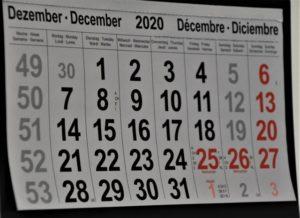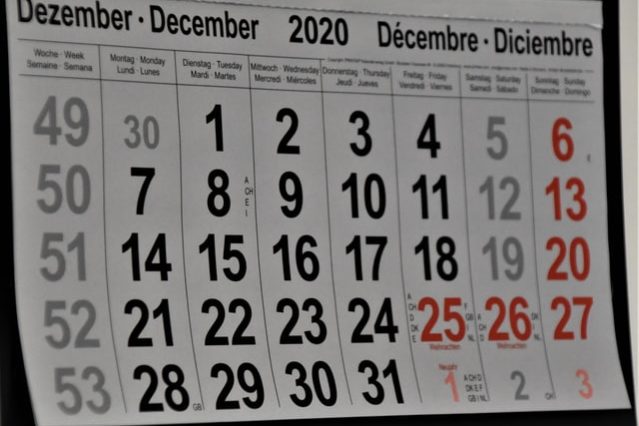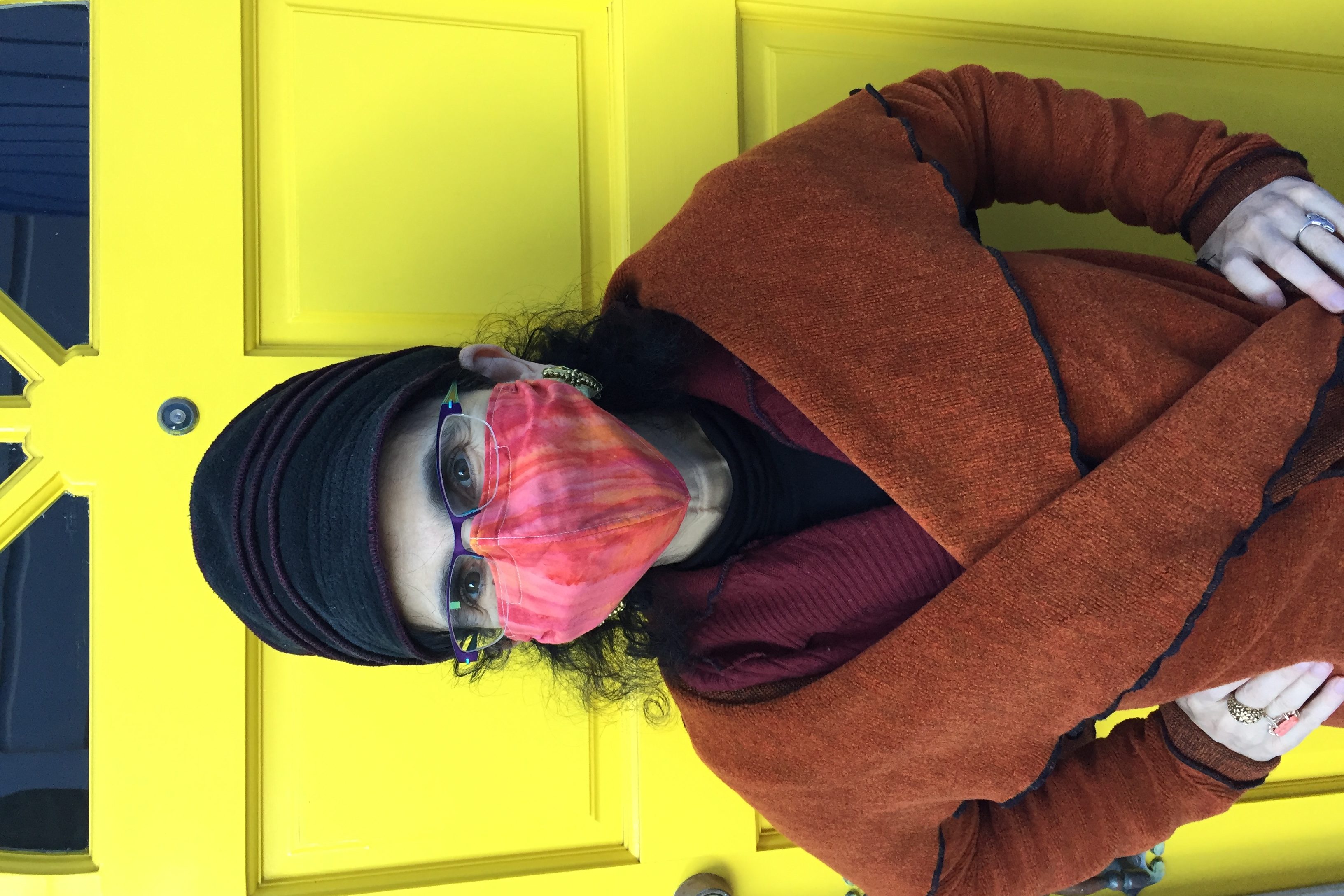Last Minute Strategic Year-End Email Appeal Tips
 You are a philanthropy facilitator. Your job, if you choose to accept it, is to persuade people to act now, during the most giving time of the year.
You are a philanthropy facilitator. Your job, if you choose to accept it, is to persuade people to act now, during the most giving time of the year.
Studies show nearly one-third of all charitable giving happens in December. While you absolutely should be using multiple fundraising channels to get best results, right now whatever you’ve got planned for offline is pretty much cooked. So your best bet for boosting year-end results is digital.
What do you have planned between now and December 31st?
Network for Good and True Sense Marketing found a third of all online giving occurs in December, and more than 20% of all online giving for the entire year occurs on the last two days of the calendar year. And, among digital strategies, email rules. According to M+R’s Benchmarks Study, email was responsible for 16% of all online revenue for nonprofits.
For at least the last decade, the last week of the year – and particularly the last day of the year– have been huge for online fundraising.
To boost your year-end fundraising success, you need to craft an email offer your donor can’t refuse.
How will you best convey your offer?
In a nutshell, you need three things for any fundraising offer:
- Problem you’re addressing — made real and relevant to the prospective donor.
- Solution you’re proposing to address the problem – with your donor’s help.
- Ask showing how the donor can help– the specific purpose and amount of the gift you’re requesting.


 Has this really been going on this long?
Has this really been going on this long?